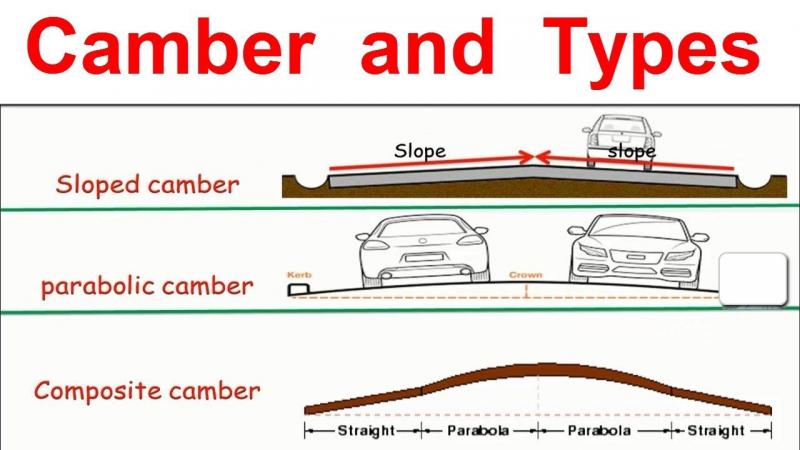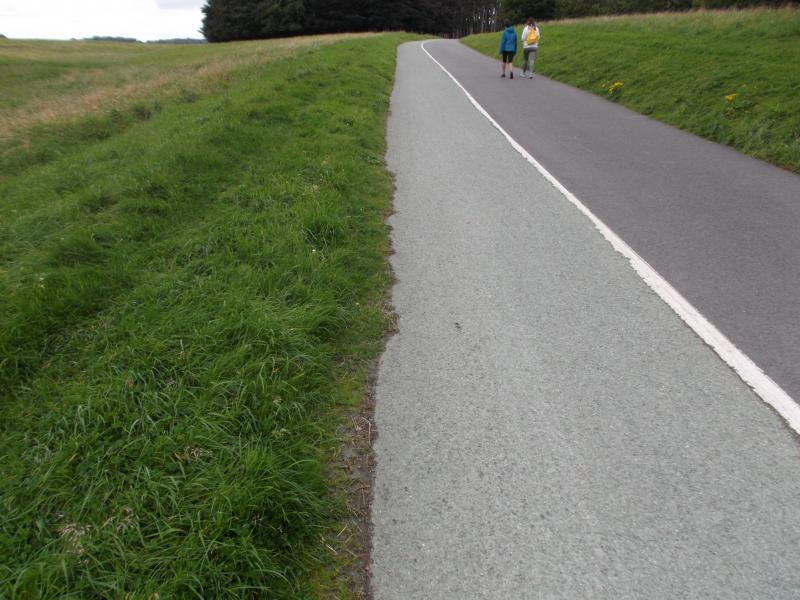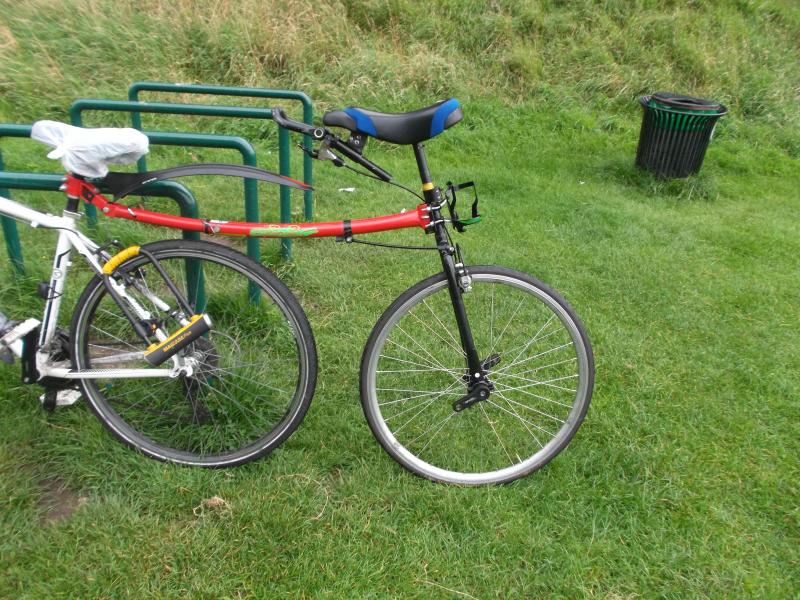Yes, we do you use the word camber in the US, at least as an engineer. The effect of camber on a unicycle depends on the type tire, the slope of camber and the amount of friction between the road and tire. Surfaces with lower friction like wet or icy payment have less effect.
@Jim T
I think that another factor in the camber crises is the wheel twitch. With each pedal stroke the wheel twitches and as it does it ricochets off the camber pushing the unicycle off to one side. This ricochet effect is exaggerated by the softer / larger volume tyre as it compresses and recovers it’s original profile with every pedal rotation.
So less tyre contact should reduce the ricochet effect. Shorter cranks should help reduce the twitch.
I agree with John’s point about the cross section and tyre pressure being a factor. I’m using a very smooth tyre with 100 psi to reduce friction. It has an almost oval shaped cross section which means that most of the tyre surface is elevated off the road, reducing friction even further.
What do you reckon Jim? Am I making any sense here?
I agree, I have found that higher pressures decreases the camber effect. As in this video, https://www.youtube.com/watch?v=1MPSdfdA1mU
I don’t know about wheel twitch. It would seem to cancel out with the right and left side unless the rider pushed harder on one side then the other. Based on what I can logically justify I believe that the camber effect on unicycles is cased by the difference in the circumference of the tire between the center and to each side of the center. On a level surface where the tire is perpendicular the the surface the differences in the circumference cancel out. When the tire is not perpendicular to the surface the tire is essentially a Truncated Cone shape and that causes the wheel to turn uphill.
At last! The 75mm crank hill test 
So I set out this morning to test the 75mm cranks on the Unibokk Sprint. Here’s what happened…
I returned to the same hill as the previous tests. At first I found it difficult to push off, not just because of the big gear but also because of the very short pedal strokes. I have been riding my 36er with165mm cranks since the last time I rode the Sprint so I was still in long crank mode.
Anyhow once I got going it felt good. As with the previous tests I made better progress up the hill on each attempt. But when I got half way up the hill until I came to a halt.
At this point the gradient suddenly gets much steeper and also i suddenly became exposed to a breeze which was blowing through a gap in the trees.
I could not overcome this so after a few attempts I called it a day.
Had there been no breeze I may have been able to zig zag my way to the top. I might try again some day.
Overall I was happy with the test. I got further up the hill on the 75mm cranks than I expected.
Conclusion :- The lightness of the skinny wheel combined with the high pressure smooth tyre make the 700 wheel very suited to 75mm cranks.
I remember Gizmo Duck suggesting that a person could ride all day on a similar a setup. I haven’t done any long rides on it yet but I do notice how fresh I feel even after riding it on the hill.
Pic 1. shows the steeper part of the hill. The hill is .57 miles long. The gradient gets steeper at .28 miles.
Pic 2 shows the 75mm cranks before I attached the pedals.
I’ve just had a long post about my test on the ‘Unibokk Sprint’ with 75mm cranks, blocked as spam. So I’ll leave it at that.
That is weird as I was able to read it this morning and see the nice trailer bar for transporting the unicycle behind the bike ![]()


